By: Madelene Dailey, M.Arch ’24
Area of research focus-
The expansion of urban centers in Latin America has placed socio-economic pressures on rural residents, forcing them to seek opportunities in city centers and other countries. The World Bank Group identified that U.S.-Guatemalan migrants have nearly tripled in the last two decades largely due to emigration from rural areas. However, initiatives in public policy, planning, and education are facilitating opportunities that recenter investment in these vulnerable rural communities. This fellowship provided me the opportunity to study how rapid urbanization influences rural development vernacular in Latin America through case study analysis.
Specifically, I focused on services and public health infrastructure for rural farming villages in Guatemala and architecture’s impact on urban development in connection with heritage conservation.
Understanding heritage conservation alongside the impacts of urbanization on cultural and natural landscapes is becoming a more recognized need within the architecture and planning fields. However, there has been limited case study documentation on how indigineous communities have independently led grassroots efforts to preserve their heritage in rural areas. This fellowship allowed me the opportunity to collect data for my thesis in my final year of study at USC – specifically studying the act of identifying, protecting, restoring, and adapting existing infrastructure to support heritage needs in regions that have historically lacked relevant planning data. I conducted site visits to new community facilities, observed daily life, tracked urban relationships to rural agricultural economies, worked directly with residents to learn about planning efforts, and created an archive of existing architectural infrastructure.
My travels in relation to this type of work gave me first hand experience in identifying best practices for a more reflective, immersive, and strategic approach in supporting small town, rural, and indigenous populations through design.
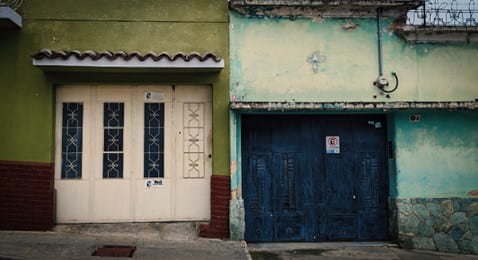
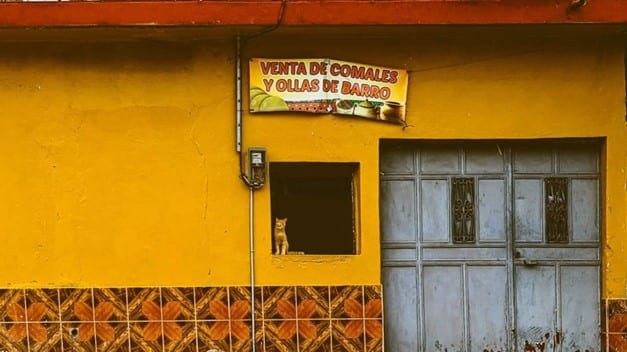

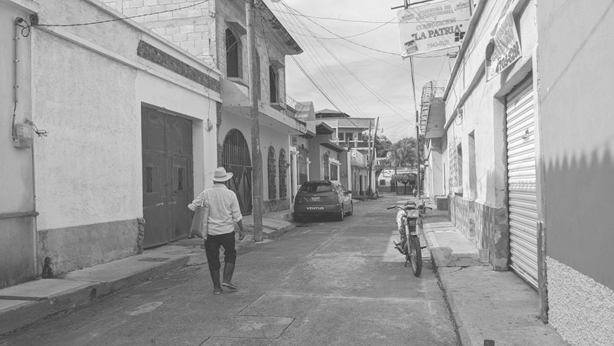
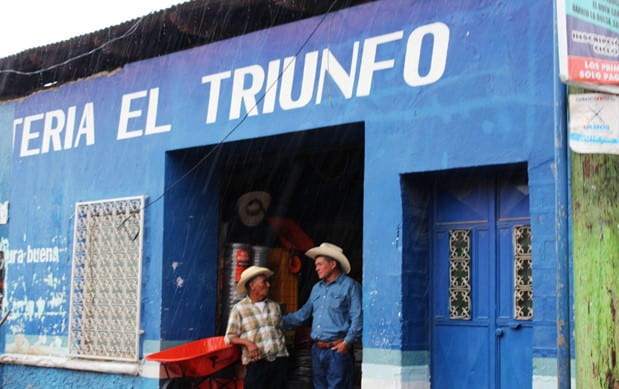
Week 1 –
For the first week of my trip I traveled to Guatemala City to visit cultural and educational institutions. I worked with a historian to understand the history of the country, visited museums and cultural centers, and participated in local cultural events.
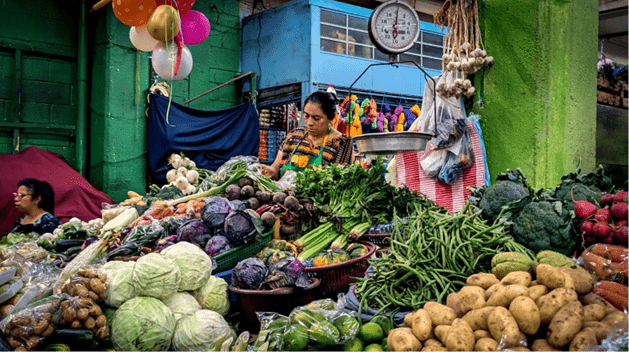
Central Market of Guatemala City, Zona 1

Peaceful demonstration at city capital – Indigenous groups & rural farmers advocate for social services at the National Palace of Guatemala, Zona 1
Zona 1 historic architecture




Christmas market outside Catedral Primada Metropolitana de Santiago (the city’s main church, located in the historic core)
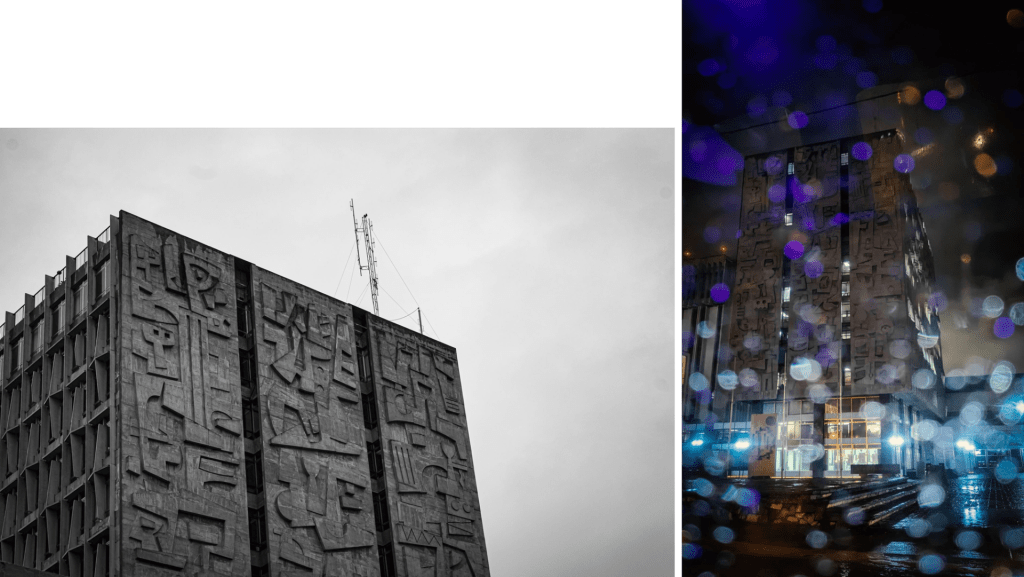

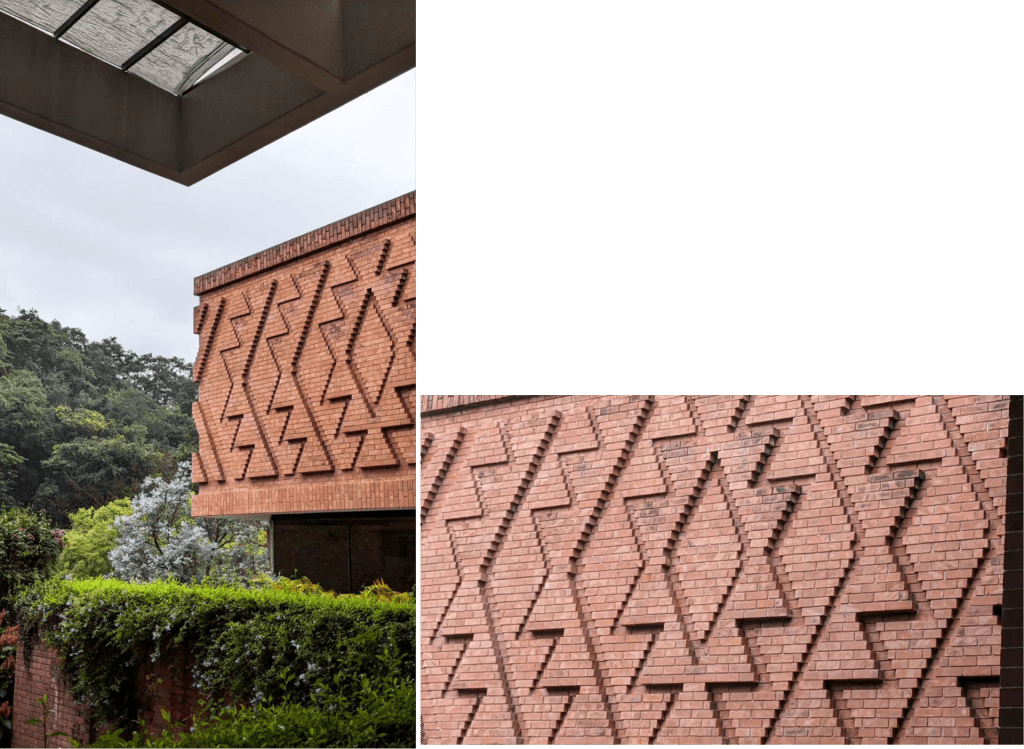
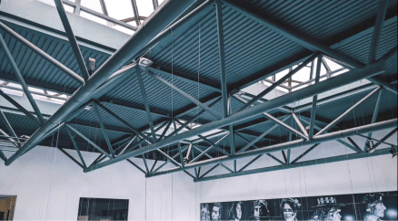
Museo Ixchel, museum dedicated to collection, conservation, documention, & education of Guatemala’s indigenous textile heritage


Exterior exploration of construction methods in city’s architecture – informal, traditonal, & colonial design
I also visited public libraries and educational institutions to collect demographic and health data for rural areas unavailable in the U.S., and researched the urban history of the country. During this time, I placed an emphasis on learning about the country’s civil war, its connection to urban investment and disinvestment in indigenous and farming-dependent areas, and the impacts of natural disasters/climate change on vulnerable populations. I worked with a local resident and historian to investigate these areas of study.


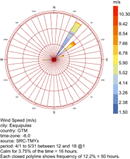
Grasshopper & ladybug draft analysis of climate conditions for Chiquimula municipality
Later in the week I met with residents to conduct interviews on their reflections of healthcare and current social service needs within Guatemala, currently being turned into a short video series for my thesis.

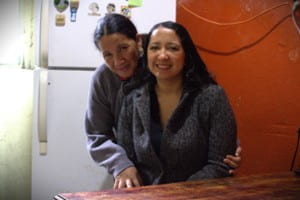
Interview materials & stills from recorded interviews
I also conducted site visits to a geriatric assisted living facility where I documented as-built conditions for them to support their future efforts in redesigning the facility. During this time I documented observations of daily activities, architectural programming, and climate-impact conditions on the facility – developing a precedent research analysis that is currently supporting my thesis work.
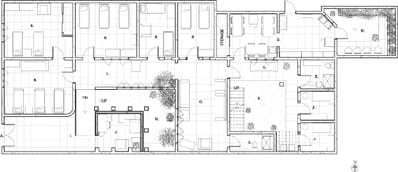

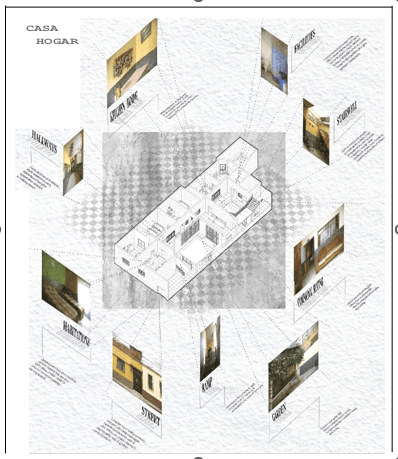

Week 2-
After learning about the growth of the main city and how its development has drastically impacted indigenous and farming communities, I visited a rural community called Ipala, in the Chiquimula municipality during my second week. Working with local government officials, volunteer residents, and the local non-profit Association for Education and Health in Central America (AEHCA), I was able to visit surrounding villages to study the town’s planning efforts and local architecture practices. I also met with and interviewed residents and village leaders to discuss their ongoing projects and document the needs of their community. I visited some of their current projects, learned about the town’s homestead planning process, and toured new facilities, including medical clinics, a water treatment center, and public programming spaces.
This research work is being continued through my thesis this year.

Interior designs


Recorded interviews with village representatives


Documenting the community’s connections to surrounding natural landscapes

Documenting life in the villages and town of Ipala


Stills from video – Touring a water treatment facility in the area of Jicamapa. This new project supplies clean water to local residents who previously had to walk miles to the nearest river for access to fresh water.
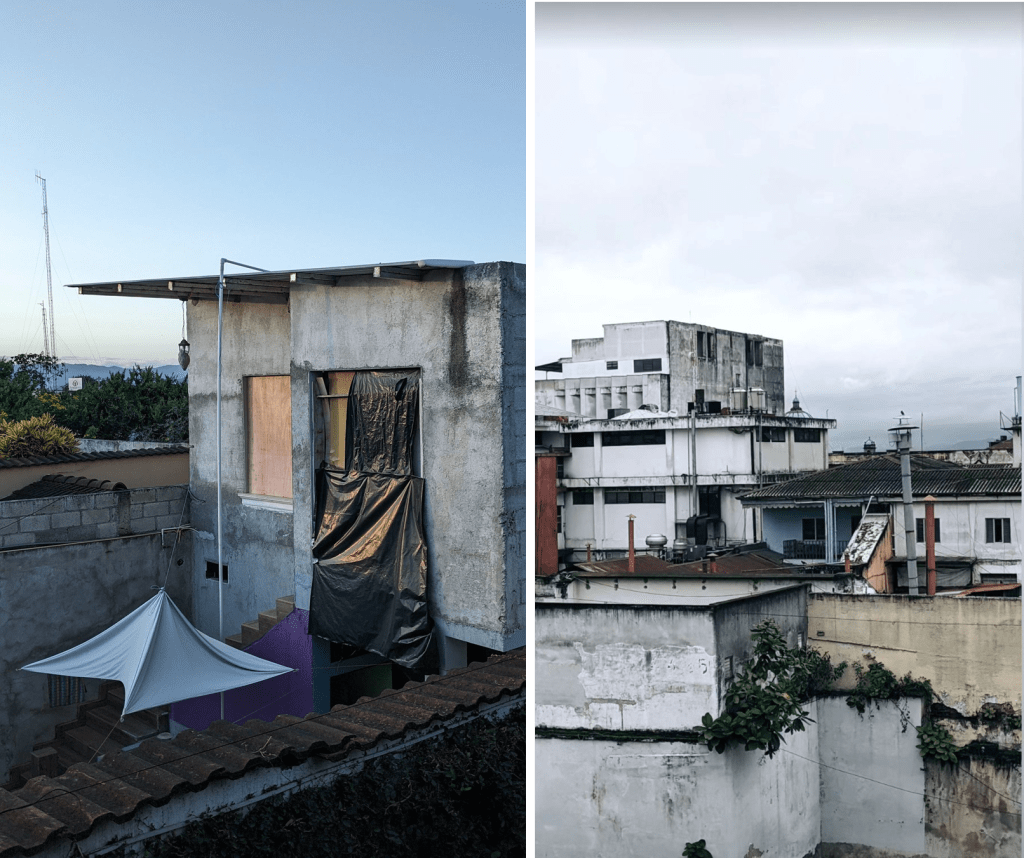
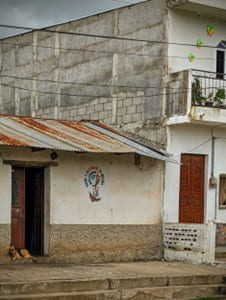
Reflection –
This fellowship allowed me to learn about the cultures and customs of the country, and better understand how the growth of the city has impacted rural vernacular design. I was able to document community work being done within the town of Ipala, learn from first-hand experiences of the residents, and work with them to identify areas of support in future construction/planning projects. This work also allowed me to study inclusive planning practices for rural communities.
The research collected from this fellowship is currently being used to support my thesis this semester – a proposal to the town of Ipala, Guatemala for a geriatric care facility and resource center for the town’s village communities. This proposal includes design strategies and architectural material prototyping to support sustainable farming initiatives currently being implemented within the villages. It will also include a recorded interview series and planning documentation drafts for the town of Ipala to aid their efforts continuing community development work.

Left to right – me, COCODE village representative (Milton), member of nonprofit AEHCA (Alberto) , mayor (Lusvin), & town resident (Ricardo) in the village of Chaparroncito